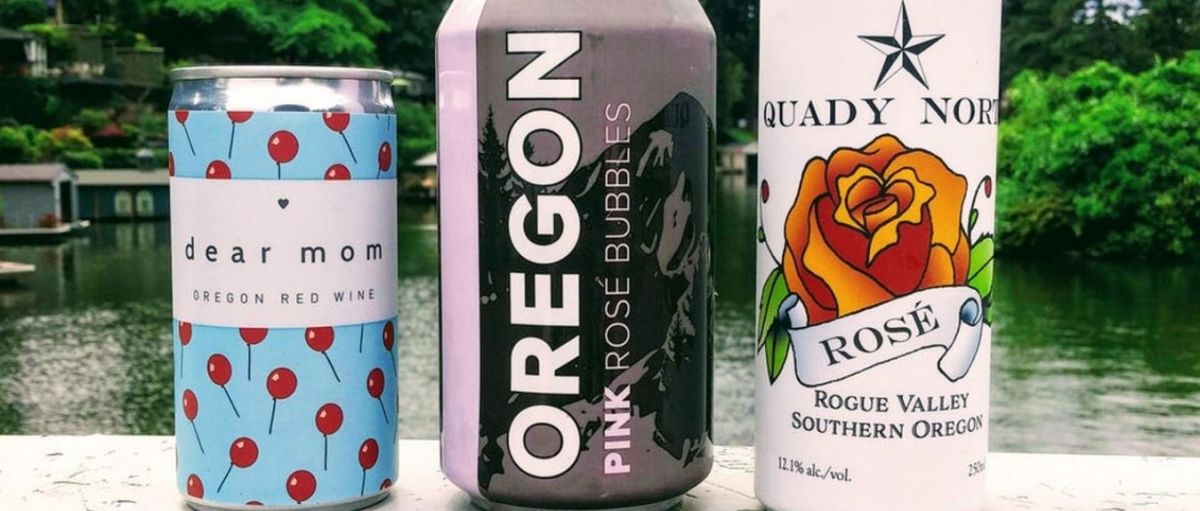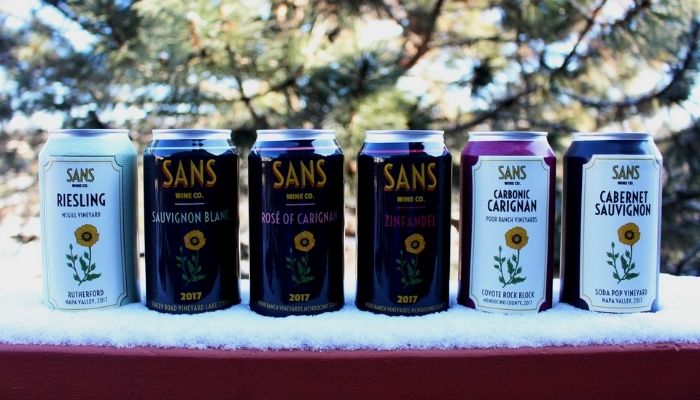Warehouse
Deadline
July 10, 2026
Judging
Date
July 27, 2026
Winners
Announced
August 12, 2026

Wines are often paired with celebration and luxury (yes, self-care is also a luxury. Treat yourself!). Seasoned oenologists have spent years learning the right ways to enjoy a wine and also propagating that knowledge further to wine enthusiasts, one flute at a time. Beginners often seek guidance before accessing a wine. They know their merlots and pinot noirs but seek help in how to truly enjoy their merlots and pinot noirs. Wine drinking, therefore, becomes an interesting, educating, and explorative process. However, the world today is always on the go and to cater to a world like this, came in this wine revolution — canned wines!
Canned wines are now available globally. Consumers are still debating whether it is a trend that will evolve or a fad that will fade away. Two prime reasons are believed to drive canned wine sales — convenience and sustainability. Canned wines are easier to carry around and consume across different locations and points in time. Beer was first canned in 1936 and immediate attempts were made to can wine as well. It took a great amount of trial and error to make canned wines. The biggest challenge was the stability of this wine as the elements in the wine would react with the lining of an aluminum can. This led to the corrosion of the aluminum can and the wine would often leak. A rotten egg smell would also emanate from the can when opened. It was only in the early 2000s that Barokes, a wine producer from Australia, successfully packaged wine using an innovative process across wine production, packaging, as well as the filling process.
Sustainability is another one of the strongest reasons behind the popularity of canned wine. Canned wine is the only closed-loop winemaking process. The cans are 100% recyclable. They cool faster than other ways of packaged wine and require less energy to chill. More than 20 billion glass bottles of wine sealed with cork are sold each year. These wines are then packaged into a 12-bottle cardboard case which weighs more than the wine. Shipping these bottles requires additional packaging material which either gets reused or ends up in a landfill.
[[relatedPurchasesItems-44]]
Consumers are happy because they can carry their portable wine cans to every occasion and also exercise portion control. There is a lesser wastage when it comes to wines in cans which are smaller servings. In public events, there is a minimal risk of breakage and canned wines are often allowed in venues where glass is not allowed. The wine also stays fresher since freshness is sealed by nature and light doesn’t directly interact with the wine. Canned wines are therefore cherished at festival circuits. Canned wines allow for customers to choose beyond the conventional 750 ml bottles or surprise themselves by trying a variety of wines. Canned wines also bring variety where beverages don’t need to be shared and can become personal for the consumers.
Canned wines also present an opportunity to taste the premium on a budget. Aromatic and premium wines can be packaged in smaller cans that can be tried by enthusiasts. This works as a great model for craft wines as well. The consumer is also happy because they get more value for their money and at the same time an elite experience. The method in which one consumes a wine also impacts their perspective towards canned wine. If consumed straight out of the can, it has lesser exposure to oxygen and is, therefore, richer in taste. The aromas of the wine are intensified so that it tastes good out of a can. The same would be too crowded a sensory experience if consumed in a glass which also affects the wine’s tannins. Canned wines have also paved the way for wine coolers to enter the market.

Image Source: Grape Juice Mom via Medium
Sans Wine Company from Napa Valley wanted to include premium, organic, single-vineyard wines in their canned wines offerings. In 2015, they created an exclusive range using stainless steel fermentation and aging, eliminating the oak that overpowers the grape in such wines. Premium wines packaged in cans—vineyard specific, variety specific, vintage-dated wines is the promise of Sans Wine Company made possible through their canned wines. Some other celebrated canned wines include Underwood’s Rosé Bubbles and Riesling Radler, Canned Oregon’s Pinot Noir and Pinot Gris, Artomaña Txakoli Xarmant, Companion Wine Co. Skin Contact, Scarpetta Lambrusco, and many more.
Canned wines save a lot of resources as well as hassle. They are currently enjoying a moment of big reputation. When Nielsen surveyed off-premise canned wine sales for the 52-week period ending in 2019, canned wine had shown a 69% rise in sales from the previous year, making $79.3 million in sales. Canned Wine is here to stay. Not just to stay but to evolve in the consumer’s desired ways to become a part of their biggest moments as well as laidback evenings, one can at a time.
Header Image Source: Oregon Live
Article Written by: Prithvi Nagpal, Editor & Sommelier
Grow your wines in the off-premise channels of the USA. The Early Bird submission deadline is February 20, 2026, and the domestic submission deadline is June 30, 2026. Here is how to enter.